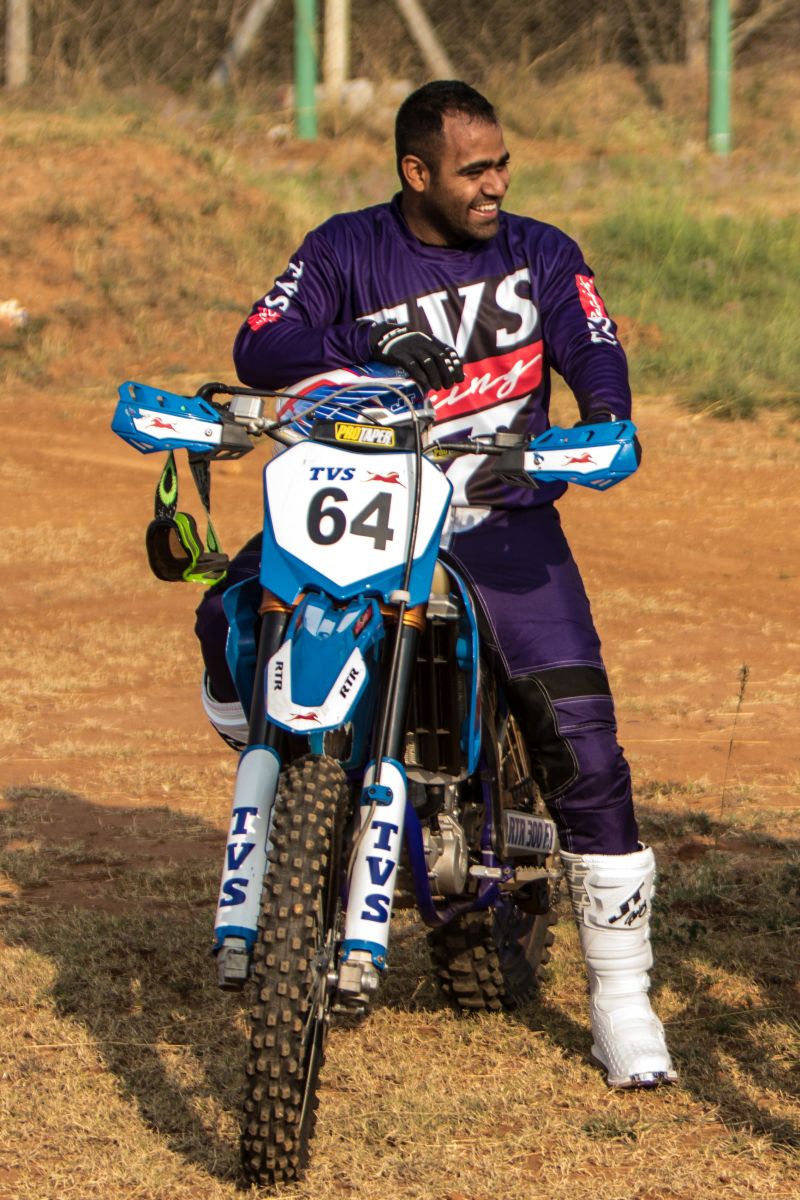
Post the Merzouga Rally, Bike India caught up with the Sherco TVS Factory Rally Team riders; Aravind KP and Abdul Wahid Tanveer. [Read more…] about Dakar dreams, lightning strikes and broken bones – a chat with TVS’s Indian Rally superstars
Best Bikes in India | No.1 Two Wheeler Magazine

Post the Merzouga Rally, Bike India caught up with the Sherco TVS Factory Rally Team riders; Aravind KP and Abdul Wahid Tanveer. [Read more…] about Dakar dreams, lightning strikes and broken bones – a chat with TVS’s Indian Rally superstars
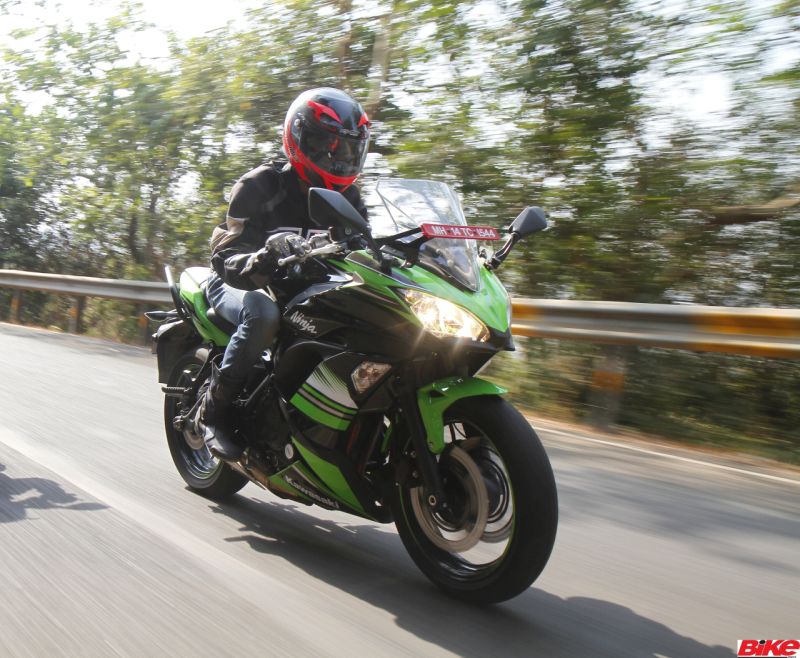
Choosing a motorcycle is a difficult decision with new features being introduced with almost every launch. [Read more…] about Nine Things You Should Know About the Kawasaki Ninja 650
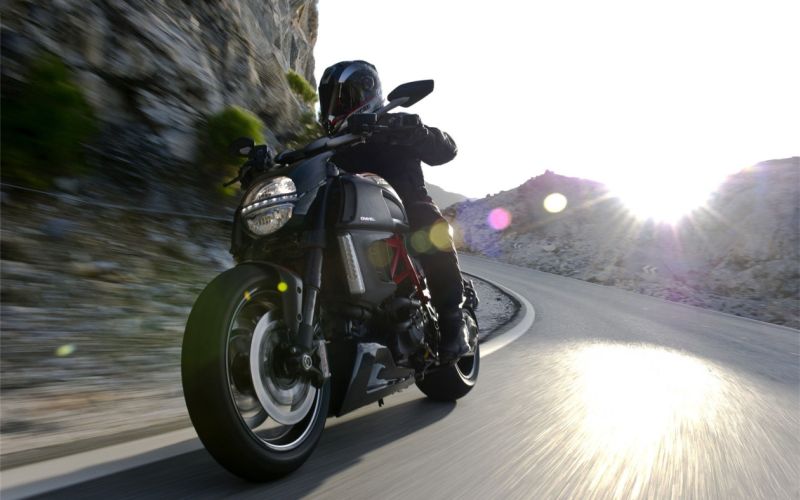
All new motorcycles and scooters that roll in to the market need to feature AHO from April 1st, 2017 onwards.
[Read more…] about What is AHO – Automatic Headlight On?
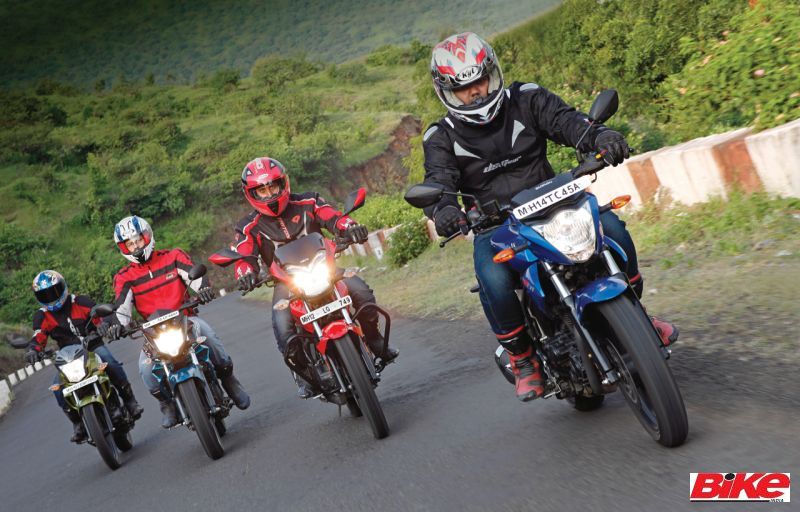
You might have mixed feelings about the recent chaos in the two-wheeler market but you could be wiser about what just happened. [Read more…] about BS-III vs BS-IV: What’s the Difference?
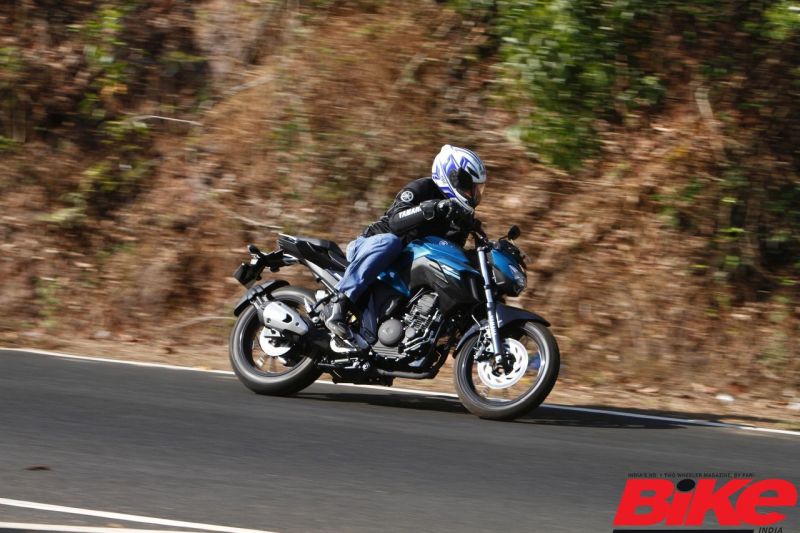
Constant rivalry is always part of the motorcycle market, that’s nothing new; what’s new is the brawl in the 250-cc category, fresh with a couple of interesting additions. [Read more…] about 2018 Best Bikes in India in the 250-cc Category